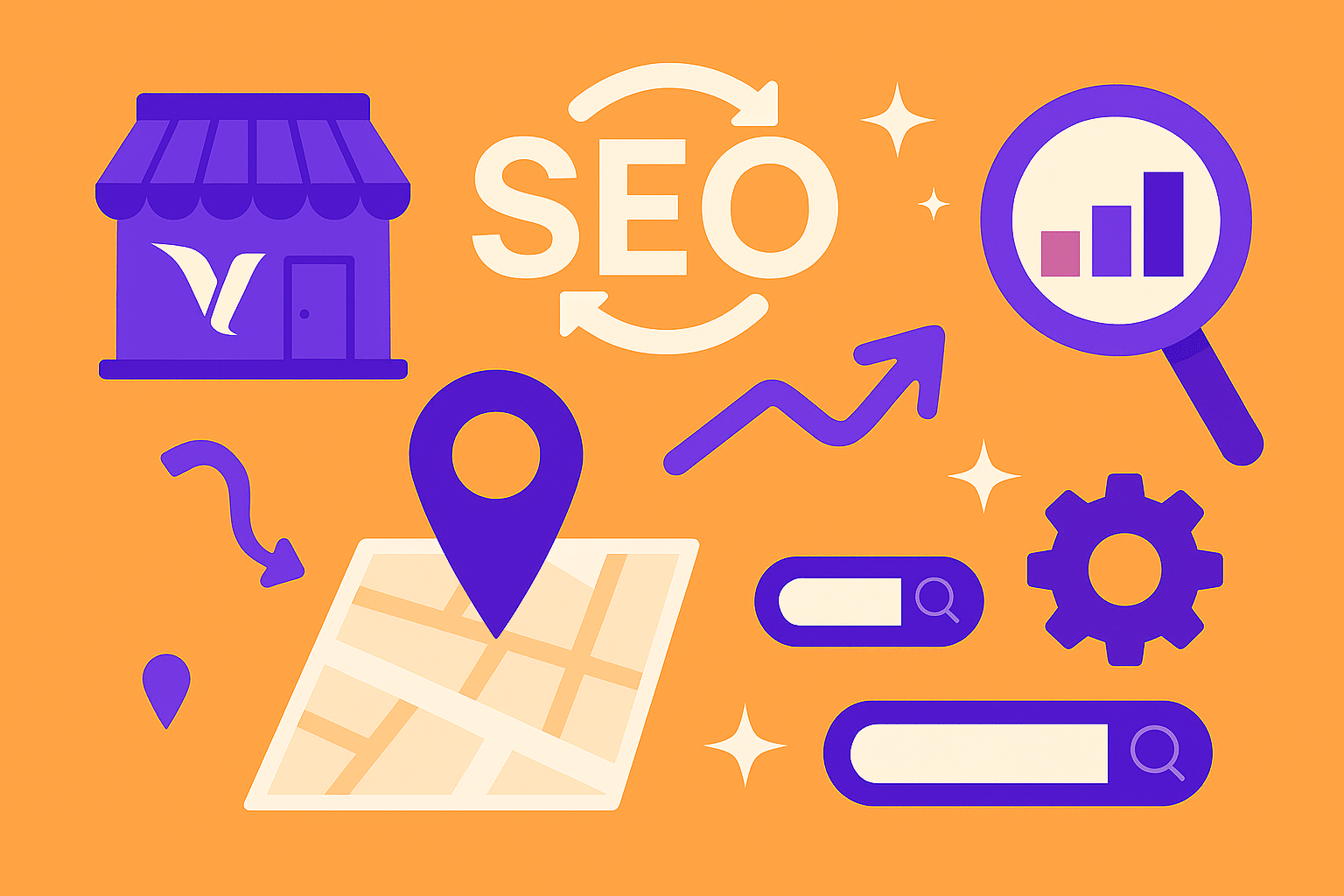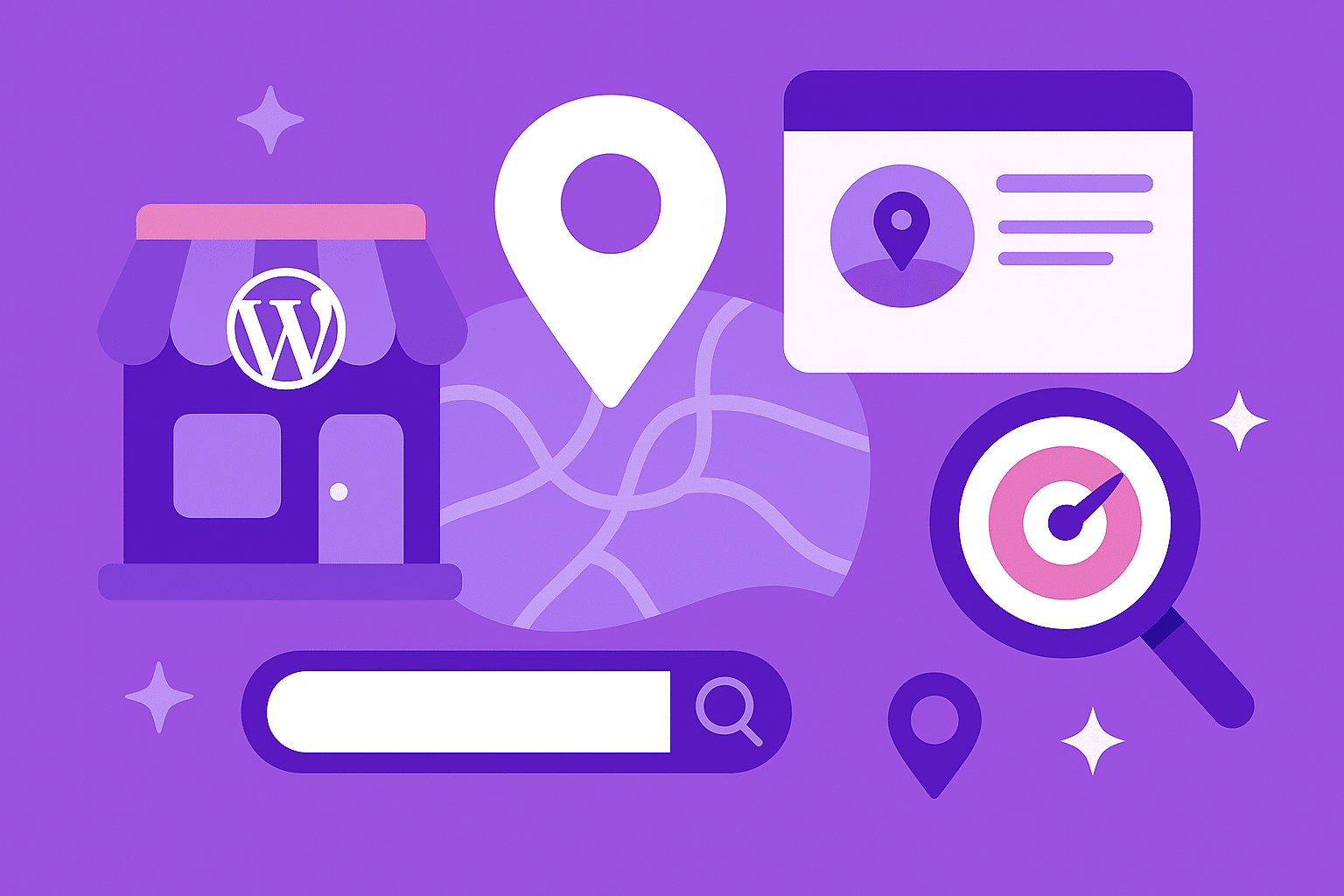eCommerce continues to evolve at record speed, driven by shifting customer expectations, new technologies, and smarter digital strategies. The best way to stay ahead in 2025 is by learning from what worked—and what didn’t—over the past year. From personalized shopping experiences to sustainable fulfillment practices, the insights from last year reveal where the industry is heading next.
In this article, we’ll highlight the most important eCommerce lessons from last year and explore how online businesses can use them to build stronger, more future-proof strategies. Whether you’re improving your site performance, refining customer experience, or embracing AI, these takeaways will help you thrive in the year ahead.
eCommerce Growth and Shifting Consumer Behavior
Online shopping reached new heights last year, fueled by convenience, personalization, and mobile-first experiences. Mobile devices now dominate the buying journey, making responsive design and frictionless checkout essential to success. Shoppers expect brands to meet them wherever they are—on their phones, tablets, or in-store screens—without missing a beat.

The continued rise of omnichannel shopping shows that customers don’t distinguish between digital and physical experiences anymore. Tools like virtual try-ons, same-day pickup, and real-time support connect online and offline touchpoints, giving buyers the flexibility they crave. Brands that embraced this blend of convenience and consistency saw measurable boosts in engagement and customer satisfaction.
Shipping, Fulfillment, and Sustainability
Fast, reliable delivery remains a top factor in every shopper’s decision. Businesses that provide multiple fulfillment options—like pickup lockers, local delivery, and transparent order tracking—build lasting trust. Meeting those expectations is no longer a competitive advantage; it’s the standard.
At the same time, sustainability continues to influence buying decisions. Customers increasingly choose brands that reduce waste through eco-friendly packaging, carbon-neutral shipping, or recyclable materials. These efforts not only minimize environmental impact but also strengthen a brand’s reputation and long-term loyalty.
Social Commerce and Authentic Branding
Social commerce is now a permanent part of the eCommerce ecosystem. Platforms like TikTok and Instagram are driving direct sales through shoppable posts, live shopping events, and influencer partnerships. These channels make product discovery more interactive and entertaining, bridging the gap between content and commerce.
Equally important is brand transparency. Modern consumers reward honesty—clear return policies, ethical sourcing, and inclusive messaging all build trust. The brands thriving this year are those that show who they are, not just what they sell.
Web Design and User Experience
Last year reaffirmed a simple truth: great design converts. Shoppers expect seamless, intuitive experiences that load fast and look clean on any device. Companies that invested in UX performance and visual clarity saw higher engagement and stronger conversion rates.
Accessibility also took a front seat. Prioritizing inclusive web design ensures that everyone—including users with disabilities—can interact with your site. Beyond compliance, it’s a powerful way to expand reach and demonstrate genuine care for all customers.
AI and Automation in eCommerce
Artificial intelligence continues to redefine how brands operate and connect with customers. Chatbots deliver instant support, while predictive analytics help forecast demand and manage inventory efficiently. These tools are turning insights into action—saving time and boosting accuracy across operations.
Customer-facing AI features, like personalized recommendations, visual search, and virtual product previews, are reshaping the way people shop. The result? Smarter buying decisions, higher repeat purchase rates, and a more connected experience overall.

Behind the scenes, automation is improving everything from pricing to supply chain management. As technology advances, adopting AI-powered solutions will be less about innovation—and more about staying competitive.
Post-Purchase Engagement
Post-purchase strategies have become critical for retention. Brands that nurture customers after checkout—through thank-you emails, loyalty rewards, or personalized offers—build stronger emotional connections. These small touches turn one-time buyers into long-term advocates.
Engaging customers beyond the initial sale shows commitment and care, reinforcing the value of choosing your brand over competitors. In the year ahead, sustained engagement will define who keeps customers—and who loses them.
Key Takeaways for the Year Ahead
The eCommerce landscape keeps evolving, but the message remains consistent: adaptability and customer focus lead to growth. Brands that invest in speed, personalization, accessibility, and sustainability will continue to outperform their competitors.
By applying the lessons learned from last year and embracing innovation with purpose, your eCommerce business can build lasting success. The future of eCommerce belongs to those who evolve with it—and 2025 is your opportunity to lead the way.

 Eashan Mehta
Eashan Mehta





